The art of maintaining cutting boards, especially wooden ones, requires diligence and precision, which is why understanding what does cutting board oil do becomes paramount for kitchen professionals. Whether you are a seasoned chef or a kitchen enthusiast, the use of proper board oiling techniques contributes to enhanced durability, hygiene, and aesthetic appeal. But what role does cutting board oil truly play? Lets delve into the vital aspects together.
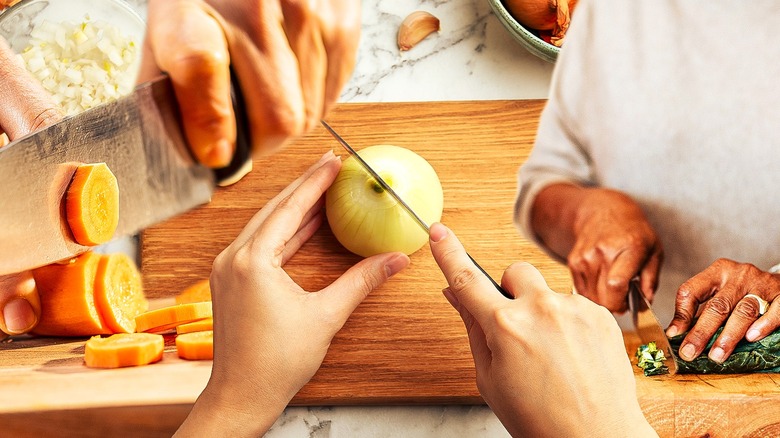
Why Proper Care for Wooden Cutting Boards Matters
Wooden cutting boards offer unmatched beauty and functionality, but they can also deteriorate quickly without the right maintenance. Unsealed wood tends to absorb moisture, accumulate bacteria, and develop unsightly cracks. This is where cutting board oil steps in as a savior. For those wondering exactly what does cutting board oil do, the short answer is: it protects, preserves, and prolongs the life of your board.
Using the correct oil not only enhances the appearance of the board by restoring its natural sheen, but it also serves as a protective barrier against moisture and bacteria. For step-by-step advice on keeping your wooden board pristine, check out how to keep cutting boards from warping.
How Cutting Board Oil Works
Seals the Surface
Wood is naturally porous and has a tendency to absorb liquids, including water and food residue. Over time, this can lead to bacterial growth and warping. Food-grade cutting board oils such as mineral oil act as a barrier that seals wood pores without making the board non-breathable.
Prevents Cracks and Warping
Wood expands and contracts based on humidity levels, and if left untreated, these changes can cause cracks that harbor bacteria. Regular application of board oil minimizes this movement by hydrating the wood and maintaining its consistency. Learn more about crack prevention by visiting sanitary cutting boards and care.
Enhances Durability
Oiling your cutting board every few weeks considerably extends its life. By creating a resilient outer layer, board oil prevents deep scratches and dents caused by rigorous daily usea must for any busy kitchen.
Improves Board Appearance
A well-oiled cutting board gleams with a natural polish that makes it an appealing addition to any professional or home kitchen. Oiling even offers a light restorative effect for boards showing signs of wear and tear. Gain deeper restoration tips with whitening wooden cutting boards.
What Makes a Good Cutting Board Oil?
Not all oils are created equal. Heres what to look for:
Food-Safe and Non-Toxic
Its crucial to use food-safe oils specifically labeled for dining and kitchen surfaces. Mineral oil is the most popular choice due to its affordability, availability, and long-lasting effects. Read in-depth guidance on cutting board maintenance here.
Odorless and Tasteless
Unlike household oils like olive or coconut oil that can go rancid, food-safe mineral oil remains odorless and tasteless, making it perfect for flavor-sensitive kitchen environments.
Application Tips for Kitchen Pros
Step-by-Step Application Routine
Heres how professionals oil their cutting boards:
- Clean the board thoroughly before application, removing food debris and stains.
- Generously apply oil using a lint-free cloth, rubbing it into the boards surface with firm, circular motions.
- Allow the oil to absorb for at least 12 hours for deeper penetration into the wood fibers.
- Buff off any excess oil with a dry cloth before use.
For a more sanitized surface, explore cutting board sanitizing methods.
Frequency of Application
In professional kitchens, its often recommended to oil cutting boards every two to four weeks depending on usage. Over-oiling is rarely an issue, but keeping a consistent maintenance schedule ensures optimal preparation surfaces.
Signs Your Board Needs Oiling
If your board looks dry, feels rough, or absorbs liquids too quickly, its time to reapply cutting board oil.
Common Missteps to Avoid
Kitchen pros often fall into the traps of oiling mistakes. Avoid these:
- Using vegetable or cooking oils that turn rancid over time
- Applying oil on a wet or dirty surface
- Ignoring the bottom and edges of the board
FAQs
How does cutting board oil affect food safety?
Oiling your board reduces moisture absorption, minimizing bacteria growth that could compromise food sanitation. For more on hygiene, visit cutting board hygiene tips.
Can I use cooking oil on my cutting board?
No. Cooking oils like olive oil can make your board rancid over time. Stick to food-safe varieties like mineral oil.
How often should professionals oil cutting boards?
A general guideline is to oil every two to four weeks, especially for boards used in high-volume kitchens. Regular checks for signs of wear can help maintain your oiling schedule.
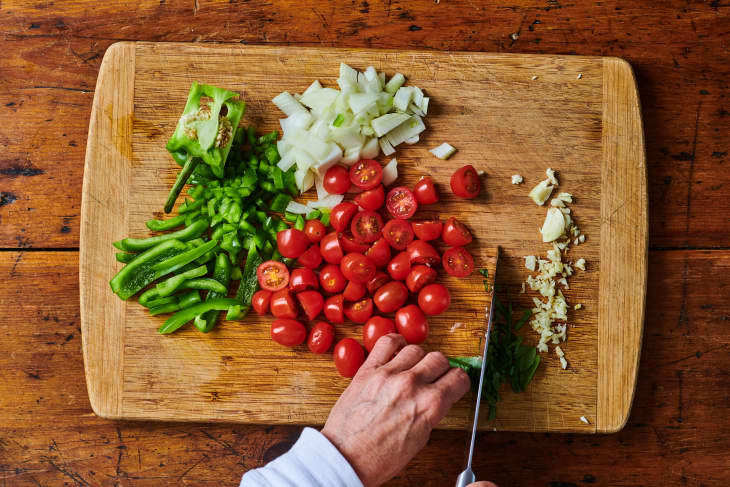
In Conclusion
To sum it up, understanding what does cutting board oil do is more than just a matter of maintenance; its a commitment to safety, longevity, and aesthetics for kitchen professionals. By adopting the best cutting board oiling practices, you ensure your prep surfaces remain functional and food-safe for years to come. Take care of your tools and your craft will thank you.
This article contains affiliate links. We may earn a commission at no extra cost to you.

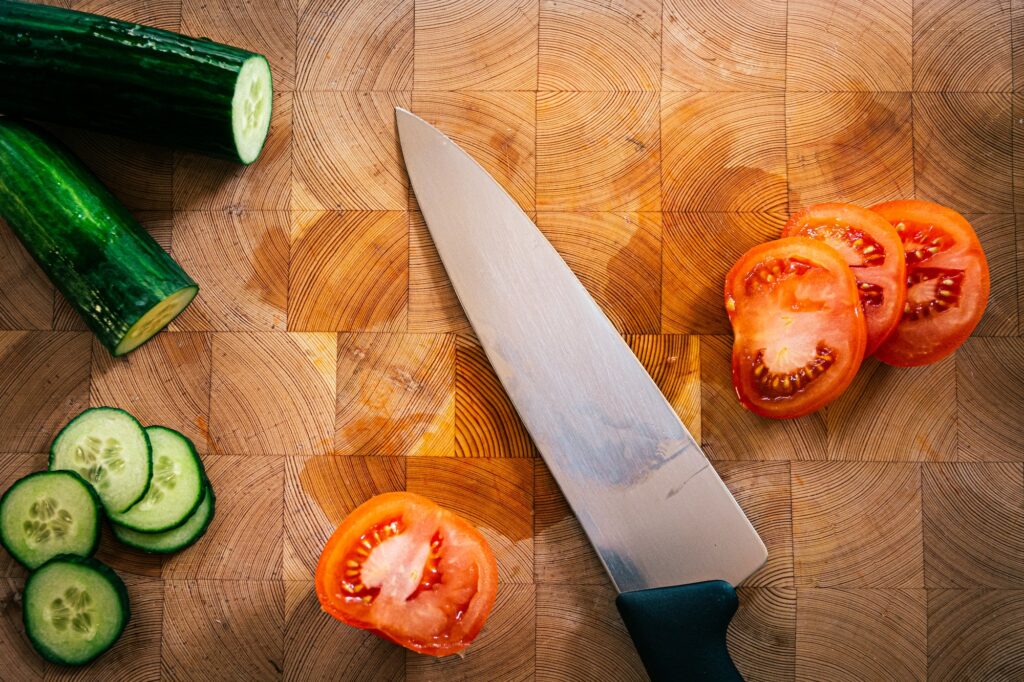


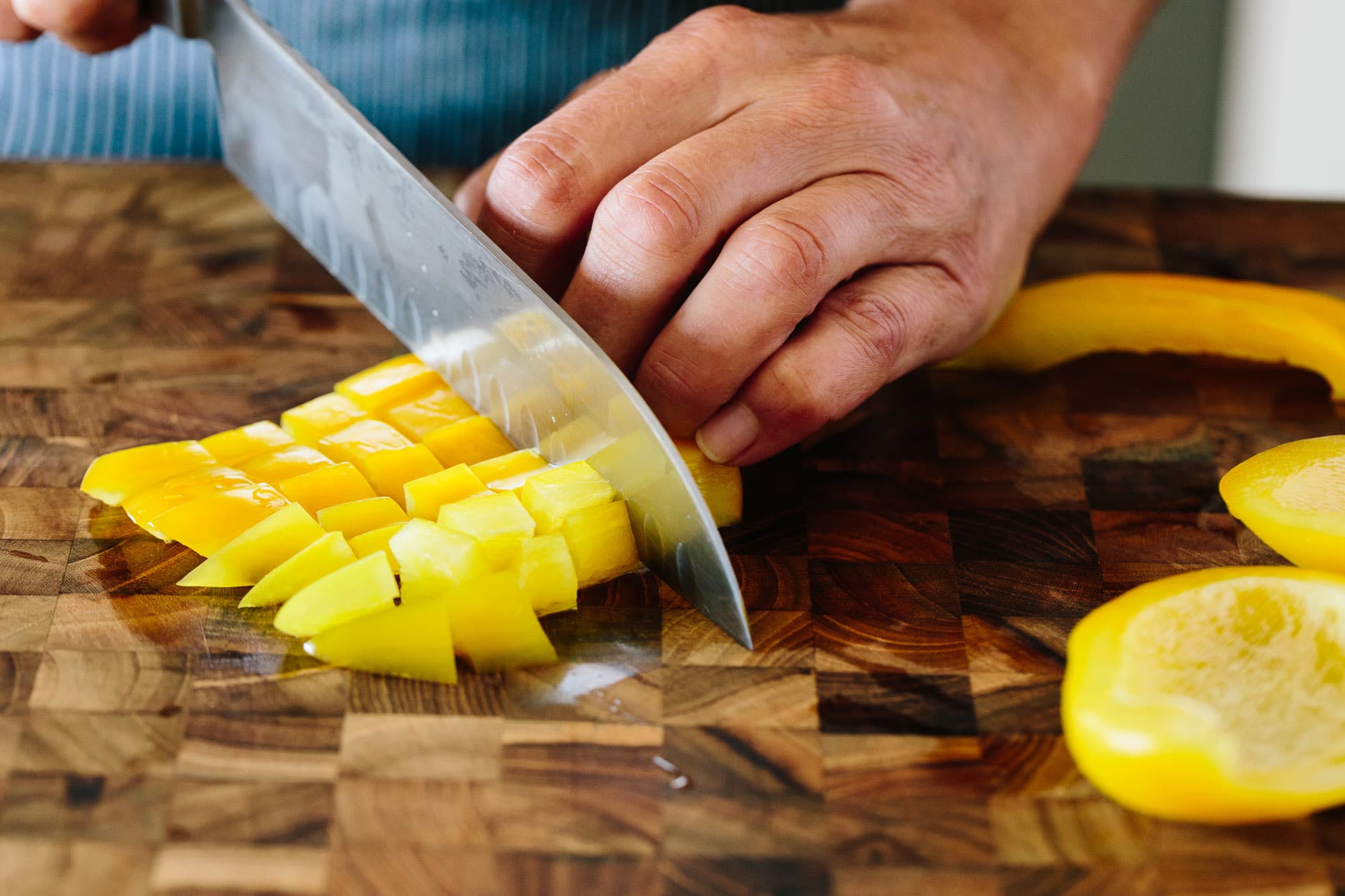
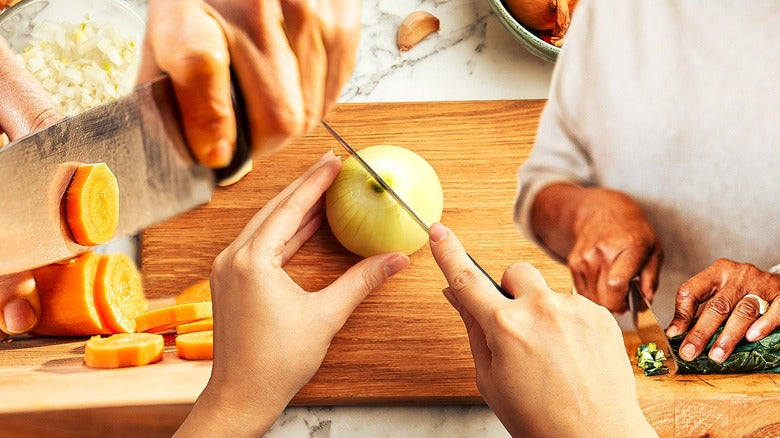
Leave a comment
This site is protected by hCaptcha and the hCaptcha Privacy Policy and Terms of Service apply.